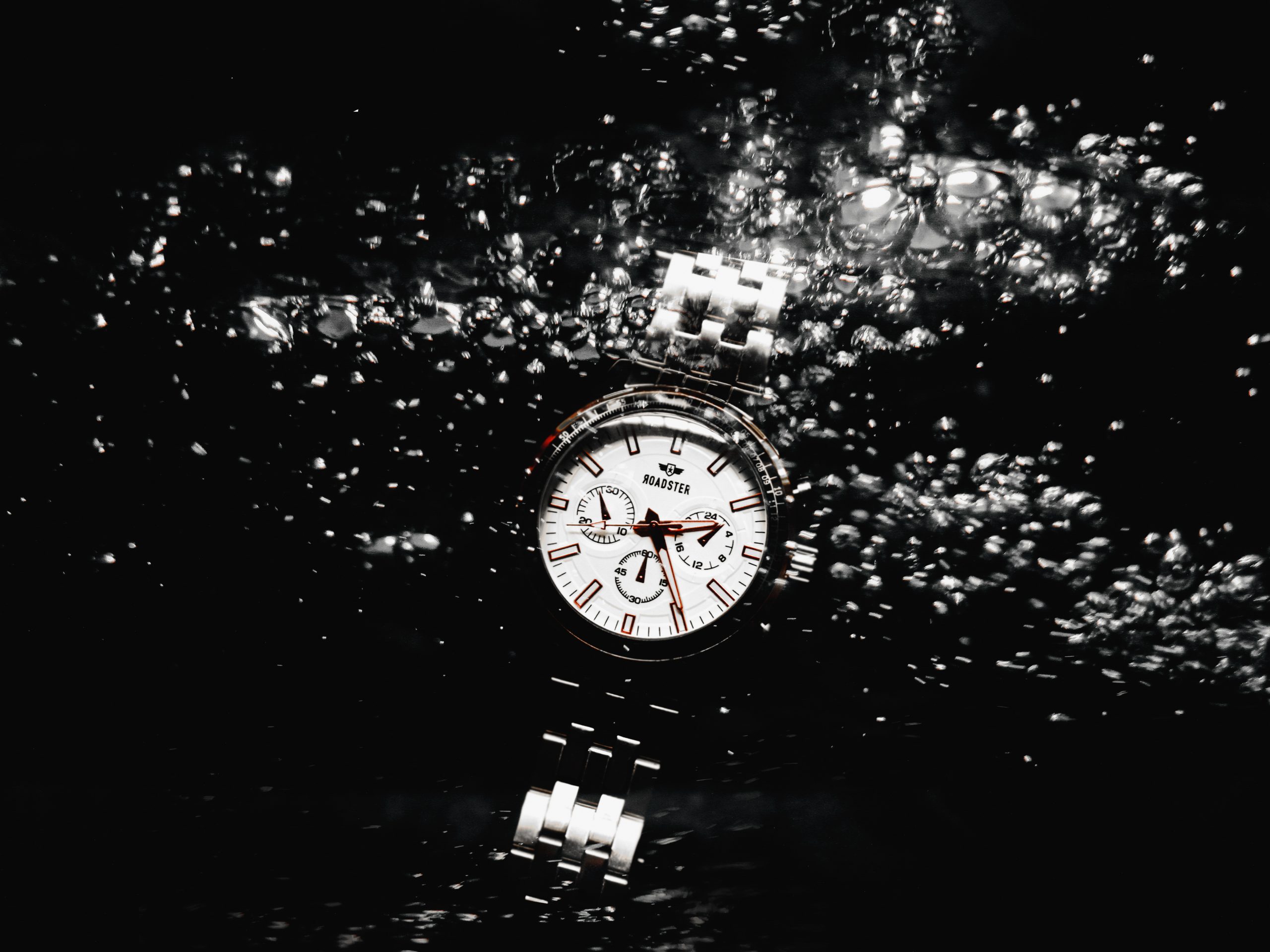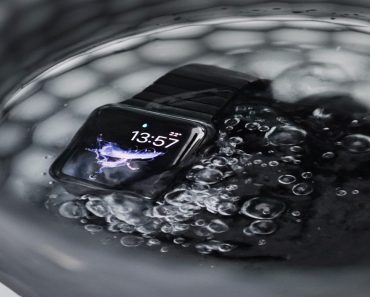You’ve undoubtedly heard the phrases “water-resistant” and “waterproof” used when referring to watches, but have you ever stopped to think about what they imply? Despite their lack of equivalence, the words are frequently interchanged. A luxury watch that is water-resistant may endure contact for a set period of time or under certain conditions, while a waterproof watch should be unbreakable by water in theory.
However, the fact is that no watch can promise long-term waterproofness. It would be unreasonable to believe that a product composed of actual materials could not in some manner be influenced by its physical surroundings over time.

Water-Resistant Vs. Waterproof
The deterioration of seals intended to ensure a gapless construction is one of the most common reasons why waterproof timepieces fail. Such seals, which are usually composed of rubber or plastic, can be weakened or eroded in extremely hot or cold conditions. One of the main reasons it’s a smart idea to get your watch serviced every few years is to make sure the seals are in good working order. Before returning your watch, all reputable watchmakers will do a dry pressure test on it to ensure you at least another few years’ worths of worry-free service.
However, that is part of the problem with public understanding of water resistance and waterproofness. Many of the tests done in a watchmaker’s workshop are dry and static (meaning the timepieces never come into direct contact with water). Instead, a watch is submerged in water, and external air pressure is applied to it in order to inspect for leaks or deformations. A watch that passes this test may be considered waterproof. However, in a practical sense, it may not always be the case.
Active submersion – It is possible that the moisture in your skin may cause corrosion on the surface of an analog watch and cause it to rust. This would be a problem with all mechanical watches and not just digital ones, as they are regularly immersed and resurfaced when swimming (as one would when front crawling).
Water resistance – is an important attribute of a watch; therefore, temperature changes might have a significant impact. Components (and thus the gaps between them) expand in hot weather. That’s coupled with active submersion or moving water (as you’d expect to find in a shower or a hot tub), and it’s about as bad as it gets for a timepiece.

Watch Water Resistance Ratings
Before we delve into how water resistance ratings may be expected to perform in practice, let’s go through the many ways that water resistance is measured.
The three methods for reporting the depth at which your watch has been tested are as follows: “meters” is the most common unit of measurement. The letter “M” (uppercase or lowercase) is commonly used to indicate this. Atmospheres are perhaps the second most popular way to express depth rating, especially among divers. ATM stands for atmosphere and refers to 100 meters.
The phrase “bar” is used to describe a third means of expressing water resistance. A bar is a measure of pressure rather than depth. Although this is something that collectors and watchmakers argue about all the time, it isn’t always reflected on a timepiece’s dial. 1 ATM equals 10 bars, 100M equals 100 m, and 10 Bar equals 10 ATM and 100M.
The most popular depths are 30 meters, 50 meters, 100 meters, 200 meters, and 300 meters. Beyond these depths, 500M, 1,000M and even deeper ratings are available but are only used by highly specialized diving equipment.
So, what do these popular ratings imply in the real world? Can you ever feel safe skipping through puddles, taking a shower, or diving into a pool? If cannonballs seem like an appealing idea, you should definitely invest in a durable piece of equipment.
- 3 ATM/3 Bar/30M: Water resistance is excellent. You can wear it in the shower if you like. We recommend only wearing your watch while it is new or has just been resealed, though, because the seal on the water resistance may deteriorate over time, especially if it takes a fall.
- 5 ATM/5 Bar/50M: It is resistant to splashes, showers and swimming. It’s not appropriate for water sports, pool diving or sea diving.
- 10 ATM/10 Bar/100M: The strap of your watch is not suitable for swimming, snorkelling, or high board diving. It’s also not good for aqua diving
- 20 ATM/20 Bar/200M/30 ATM/30Bar/300M: Swimming, high-impact water sports, and scuba diving are all good for your watch.
- 100 ATM/100 Bar/1000M/: Suitable for scuba diving and saturation diving in high-impact water sports.


